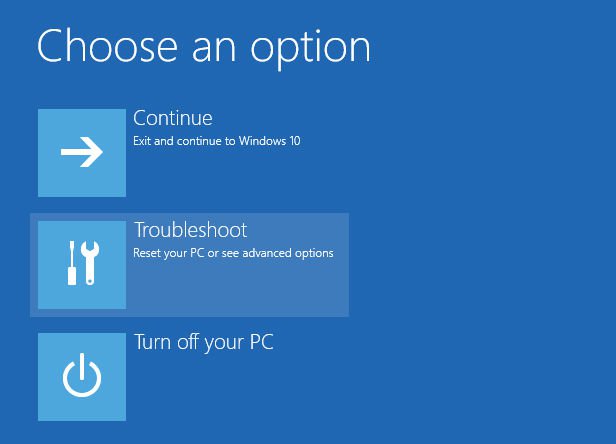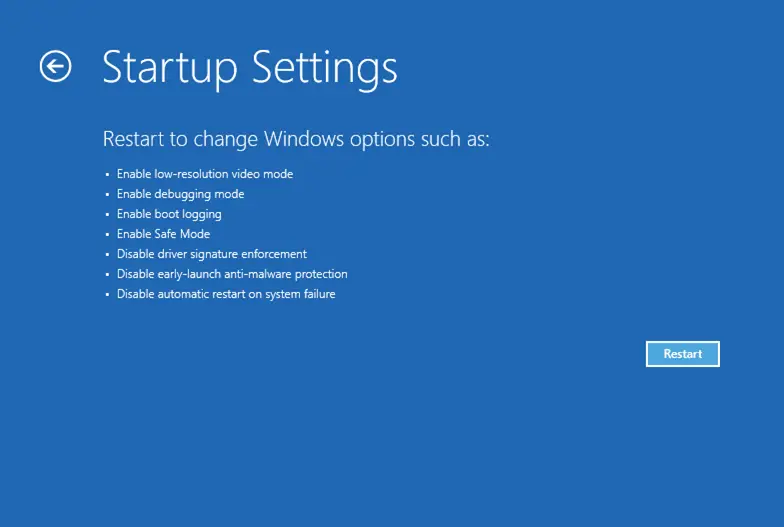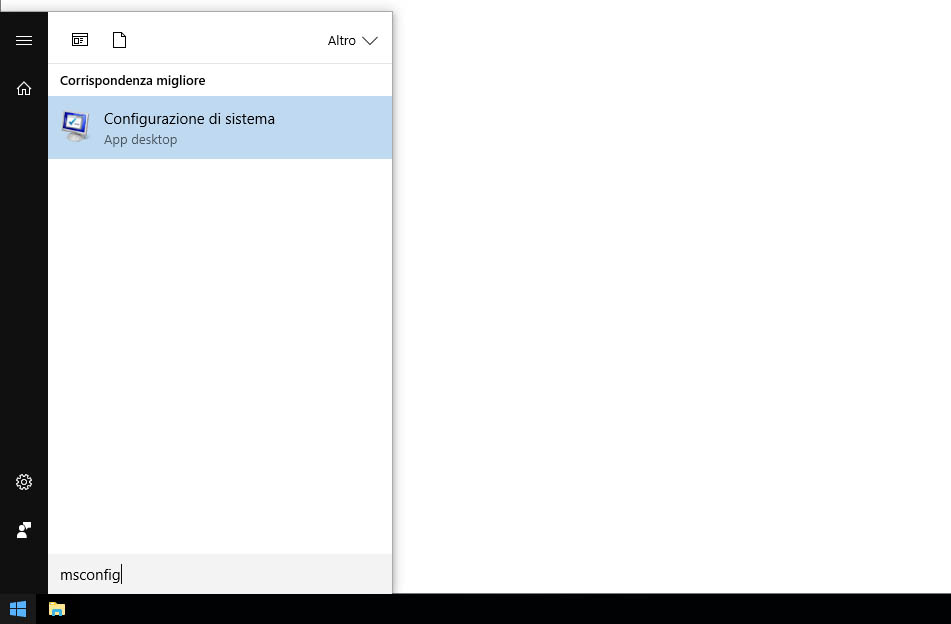Among the many changes introduced with Windows 10 there is one that nearly no one is happy about: the missing F8 key (or SHIFT+F8) we could press to activate the boot selection screen, where we could choose between various startup settings - including Safe Mode, Safe Mode with Command Prompt, Safe Mode with Networking and so on. Well, as a matter of fact they didn't disable it... it's just that the system boot leaves very little time to acknowledge that F8 keypress, to the point that - if you do have a SSD drive and an half-decent CPU - you have nearly no chances to do that.
This is a shame, because Safe Mode is still the only way we had to fix a number of startup issues which could occur before the login phase, thus locking us out from Windows 10. Luckily enough, there are a couple methods we can still use to get into Safe Mode: let's see how.
SHIFT+ Restart
Here's the first one, which can be done even before (or instead of) logging in. All we need to do is press and hold the SHIFT key, then click to the shutdown icon and select Restart from the various available options (the others being Sleep, Shut Down and so on). That's it! The shutdown icon can be found either by pressing the Windows logo in the lower-left corner of the GUI or, in case you aren't logged in yet, near the bottom-right corner of the login screen.
Once you hit the Restart option, the system will execute the Reboot, then it will show a configuration screen which you can use to boot into Safe Mode. To do that, select Troubleshoot > Advanced Options:
You'll be greeted by the Startup Settings screen, which will summarize what will happens when you will click the Restart button. Read the list carefully, then click on it to perform the reboot into Safe Mode.
Is worth noting that the Safe Mode will occur only once: if you will reboot again, the system will restart into standard/normal mode.
MSCONFIG.EXE
The second method we can use to reboot into Safe Mode is by using the built-in msconfig tool, which controls the startup settings of almost all Microsoft Operating Systems since Windows XP. To use that, hit the Windows logo and type msconfig:
Or, if you prefer, use the Run command, type msconfig and then press OK (or hit the Enter key):

The main advantage of MSCONFIG is the fact that it's a very versatile tool: other than Safe Mode we can also select an unique Selective Mode, which is extremely more powerful as it lets us fine-tune the startup phase: we can choose which service/application will be executed during startup, enabling or disabling them one by one, thus making it one of the best tools we can use to troubleshoot any startup issue in Windows-based OSes.
However, it has a big disadvantage: we can't use it without logging in, which is something that we're often unable to do since we're talking about scenarios involving serious startup issues. When you're in this pinch, the best thing you can do is to use these two methods together: the former one (SHIFT + Restart) for accesssing the Safe Mode, then the latter (msconfig) to fine-tune the startup phase and pinpoint the actual issue.
That's it for now: happy reboot!







